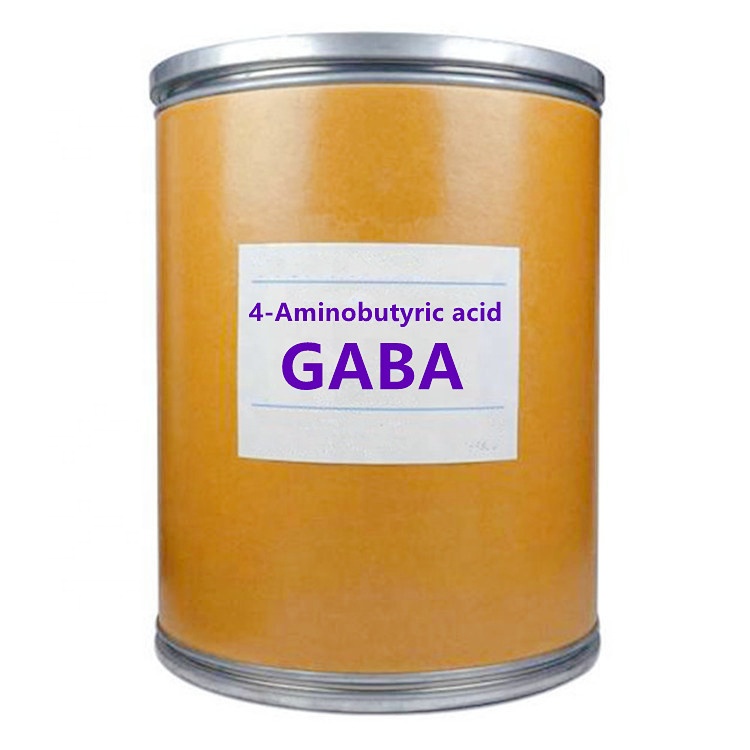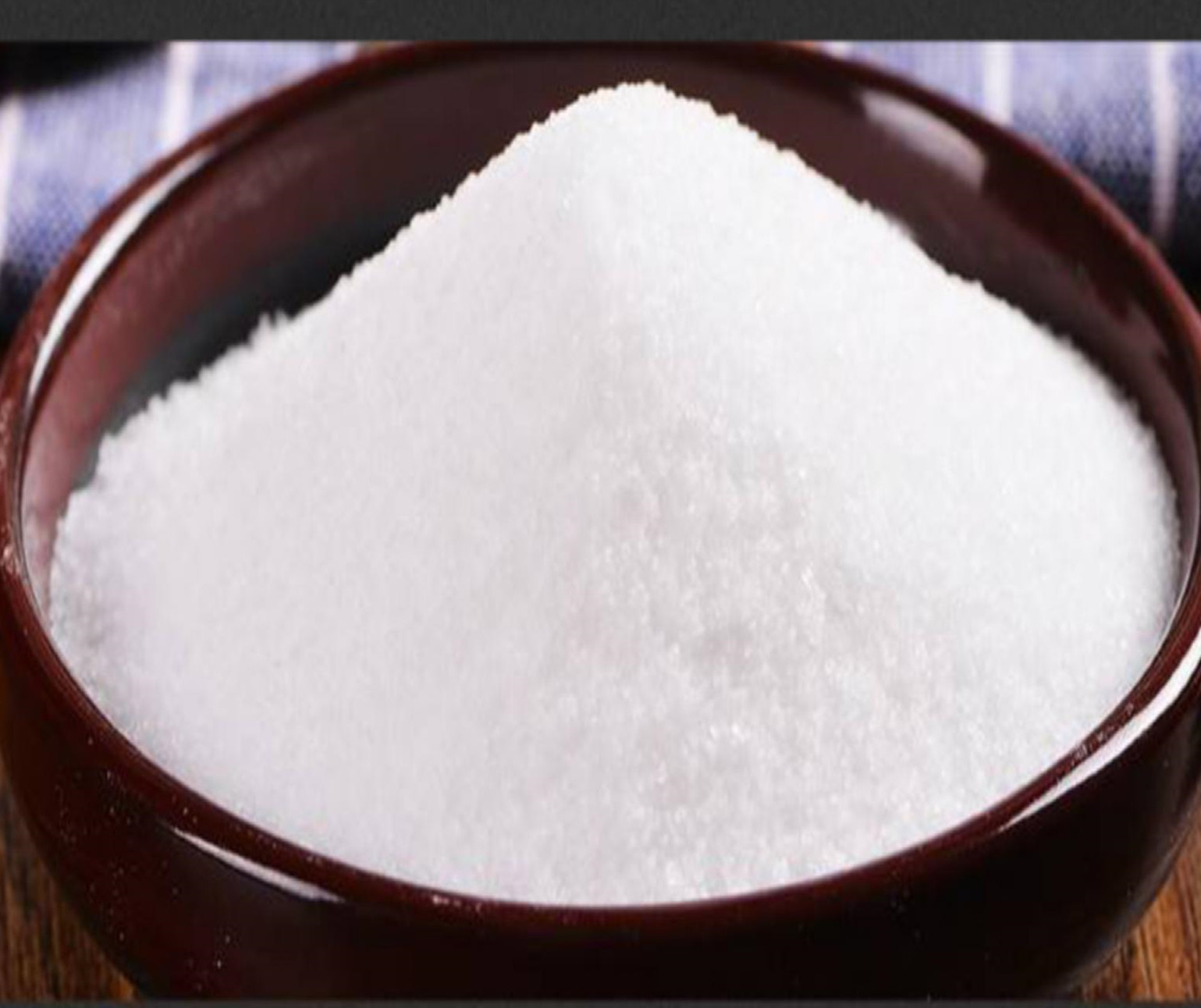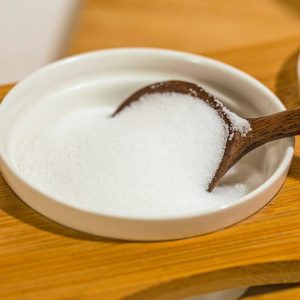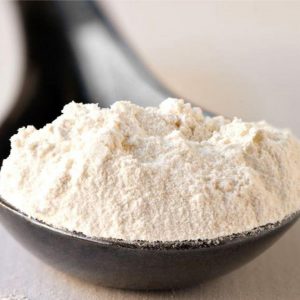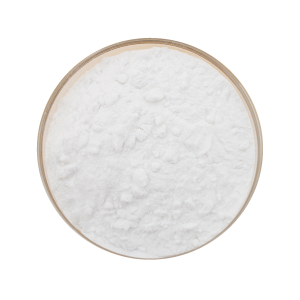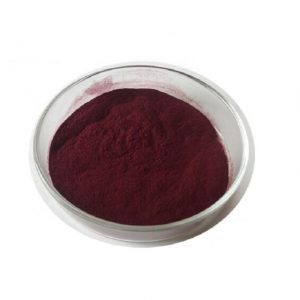Packaging: 10kg, 20kg drum
Shelf life:3 Years
Storage:Keep in a dry and cool place
White, powdery solid; savory, meat-like aroma
About GABA manufacturer
The company has a pecial production workshop of y – aminobutyric acid (GABA) s, a total investment of the workshop is 30 million yuan, construction area of 2199. 9 square meters, with fermentation area, processing area, lean package area, fermentation area has 5000, 10000 liters fermenter with an annual output of 50 tons of professional r – aminobutyric acid production capacity.
equipped with an automatic system, reprocessing area with nanofiltration device, single effect, disc centrifuge enrichment equipment covers an area of 600 square meters, designed according to grade D clean areas. The production fully guarantees a clean area, clean environment. Using lactic acid bacteria fermentation, the quality of the product has high content and low ash content. Biological fermentation technical personnel engaged in the biological fermentation research, development, production for more than 20 years, in a variety of significant achievements in the research of biological fermentation.
There are two ways to prepare GABA one is fermentation one is Chemical synthytic, only products produced by fermentation can be used in food. products by chemecal way price is much cheap but can be only used as feed ingredient, this difference i usage is regulated by regulation in China.
the product widely used in Dairy, beverages, healthy products, candy and etc..
JYLT keep stock all year around

information of GABA
4-Aminobutyric acid (GABA) is the chief inhibitory neurotransmitter in the mammalian central nervous system. It plays a role in regulating neuronal excitability throughout the nervous system. In humans, GABA is also directly responsible for the regulation of muscle tone. Although chemically it is an amino acid, GABA is rarely referred to as such in the scientific or medical communities, because the term “amino acid,” used without a qualifier, conventionally refers to the alpha amino acids, which GABA is not, nor is it ever incorporated into a protein. In spastic diplegia in humans, GABA absorption becomes impaired by nerves damaged from the condition’s upper motor neuron lesion, which leads to hypertonia of the muscles signaled by those nerves that can no longer absorb GABA.
